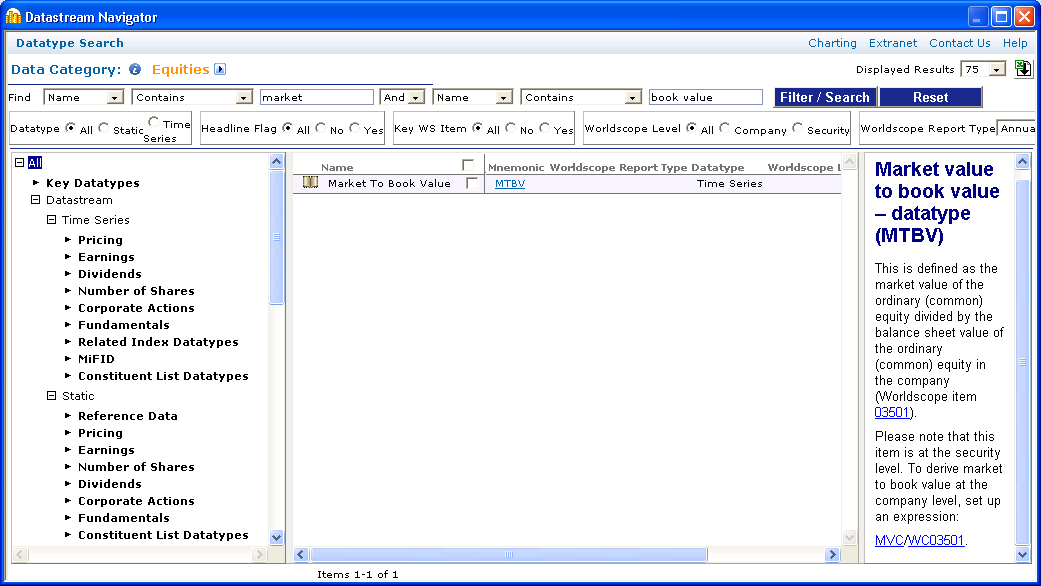
Configure modules, workflows, fields, and reports based on the earlier analysis. Leverage Odoo’s flexibility to adapt the system to match your expense definition unique requirements. Embrace this comprehensive guide, and leverage the power of Odoo ERP to propel your business towards success. With dedication and the right approach, you can unlock the full potential of Odoo ERP and revolutionize the way your organization operates.

Data Migration and Integration:
Odoo ERP, a versatile and feature-rich solution, has gained immense popularity among businesses worldwide. During both stages of the support phase, it’s important for the development team to remain responsive and attentive to the needs of the client, in order to ensure the continued success and effectiveness of the project. In this stage the team analyzes initial requirements, creates a test plan, and performs functional and integration testing before reporting and demonstrating acceptance testing for production.
- Conduct various scenarios and workflows to ensure the system performs as expected and meets your business requirements.
- We are a team of passionate people whose goal is to improve companies day to day operations by implementing the world’s best ERP software.
- Then we look at potential opportunities to digitalize and automate all affected processes.
- Gather feedback from key stakeholders to understand their requirements and expectations.
Thorough Testing and Quality Assurance
The importance and responsibility of the Odoo go-live procedure cannot be overstated, so activity planning is worked on carefully, followed by careful attention to carrying out each step. Production is an environment holding the code on which the client’s production database runs. Transitioning to each next stage is possible only after testing functionality at the current one. Deploying features to Staging and Production is carried out by creating a pull request on GitHub.
Encourage user engagement and adoption by highlighting the benefits Odoo brings to their workflows. Implementing an Enterprise Resource Planning (ERP) system is a significant undertaking for any business. It requires careful planning, effective execution, and a clear roadmap to ensure success.
In this article, we will guide you through the Odoo Implementation Checklist, providing insights into each stage of the process. Monitor the system closely in the initial stages, paying attention to any performance issues or user feedback. Continuously refine and optimize Odoo to maximize its potential and address any unforeseen challenges. The success of your ERP implementation heavily relies on user adoption.
After bug descriptions are addressed and fixed, retesting, integration testing, and regression testing present value of annuity due takes place. This is all followed by reporting, demonstration, and acceptance testing. After release, active functionality and settings are also tested for quality assurance. Staging is an environment that fully corresponds in its structure to the Production stage.
Assemble an Implementation Team:
Support mode is an option to increase value to the client and balance our team workload. Clients have confidence in their chosen vendor, because they can thoroughly see demonstrations of expertise through processes transparency. At Odoo Coach, our mission is to help businesses succeed with Odoo ERP.
Client Value
Staging branches are meant to test new features using the production data without compromising the actual production database with test records. They will create databases that are neutralized duplicates of the production database. Odoo offers best accounting software in 2021 several benefits, including increased efficiency, streamlined operations, improved collaboration, and better customer management. Implementing Odoo in 2023 can help your company stay competitive, enhance productivity, and drive growth.
